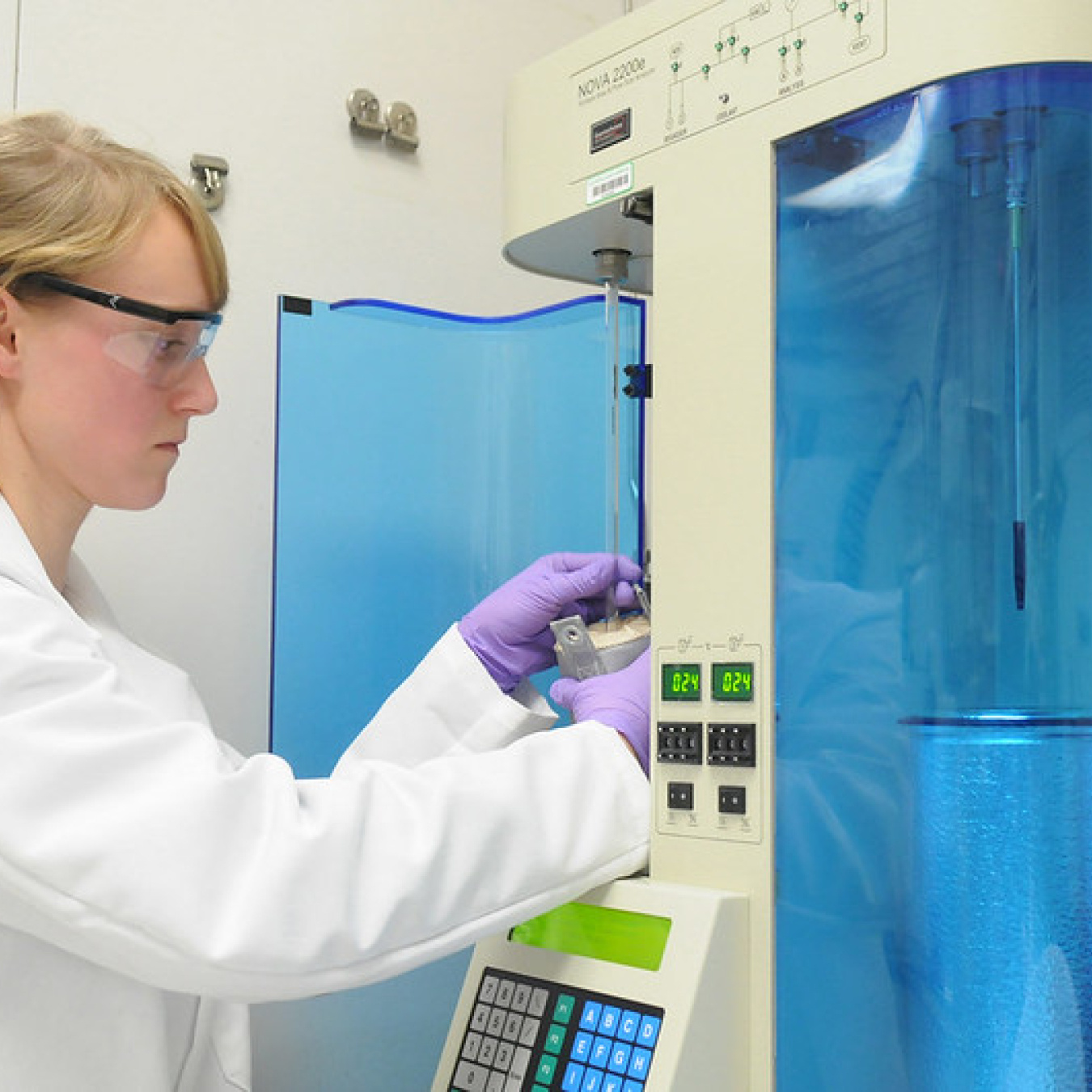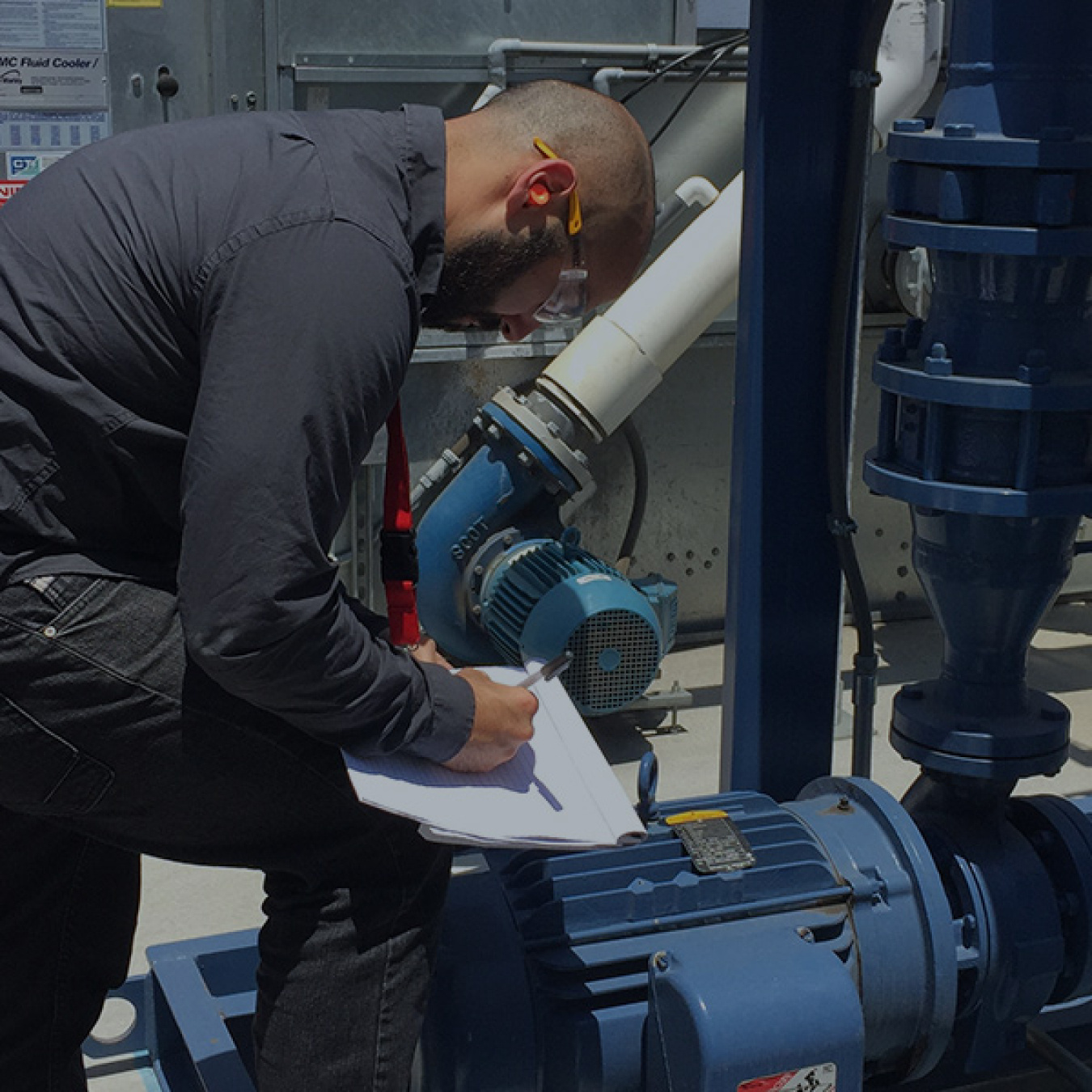Cement is the glue that, when mixed with sand, aggregate, and water, produces concrete. Many aspects of modern civilization are made possible because of concrete, an indispensable material that is one of the most used substances on earth. Demand for cement and concrete is likely to continue to increase due to the expanding need for infrastructure construction.
How Do We Make Cement Manufacturing More Efficient?
The cement and concrete industry is energy intensive, with a large source of this energy usage coming from the 1450°C temperature process used to manufacture the binder.
The vast majority of energy usage from cement making comes from the kiln where limestone and silica (shale and sand) are heated to extremely high temperatures (1450 °C) to chemically create the material, called clinker, necessary in making cement. These high temperatures are needed to drive the chemical decomposition of limestone (CaCO3 à CaO + CO2) in the kiln.
To help tackle the challenge of making the cement industry more efficient, research and development (R&D) is needed across the following areas:
- Next-generation cement/concrete formulations and production routes.
- Onsite fuels.
- Solvent systems for purification.




